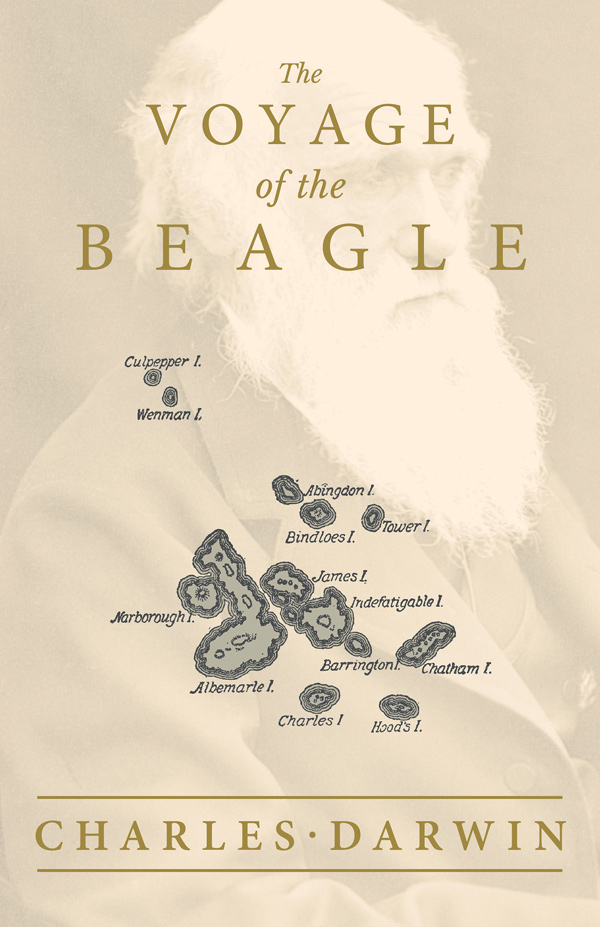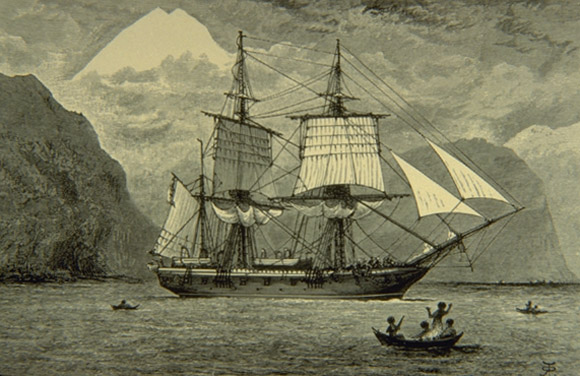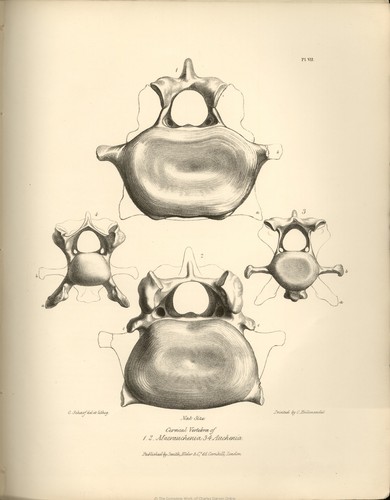

The remainder of known specimens are spread across seven other collections, but nearly half the original collection remains unaccounted for. Over time, more specimens reached the Museum amongst donated private collections, making it the largest single collection of Darwin’s Beagle birds with nearly 200 specimens. The then British Museum purchased a significant number of them, particularly type specimens, but Darwin’s Beagle bird specimens nevertheless were widely dispersed across many public and private collections.

In 1855, the Zoological Society of London's museum was broken up and the collections sold. It was the differences that Darwin noticed between the mockingbirds on different islands that were certainly a crucial part of the evidence that led him to the conclusion that species may change. The birds that did attract Darwin’s interest in the Galapagos were several new varieties of mockingbird, later confirmed by Gould as new species. However, it was Gould that recognised that the finches were closely related Darwin originally recorded them as being from a range of different bird families. These are often credited as the inspiration that led to Darwin formulating his ideas on evolution.

The most famous of the discovered species are undoubtedly the Galapagos finches, commonly known as Darwin’s finches. Thirty-nine new species and subspecies of bird were subsequently described, mostly by Gould.

Overall, he collected nearly 500 bird skins, together with further birds preserved in spirit, various bird parts and a small number of nests and eggs.Īllowed to dispose of them to the institution of his choice, Darwin gave the vast majority of his collection to the museum of the Zoological Society of London, where the specimens were examined by the renowned ornithologist John Gould (1804-1881). Accepted on board as a gentlemanly companion for Captain Robert FitzRoy (1805-1865), Darwin carefully investigated the geology and zoology encountered during the long surveying mission, keeping detailed notebooks and also collecting specimens.


 0 kommentar(er)
0 kommentar(er)
